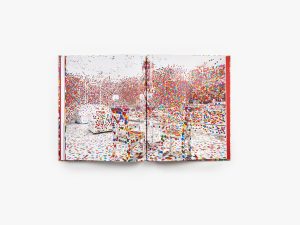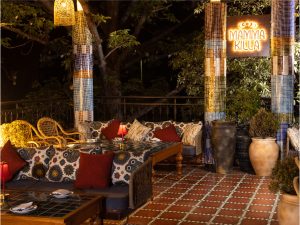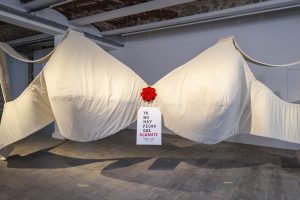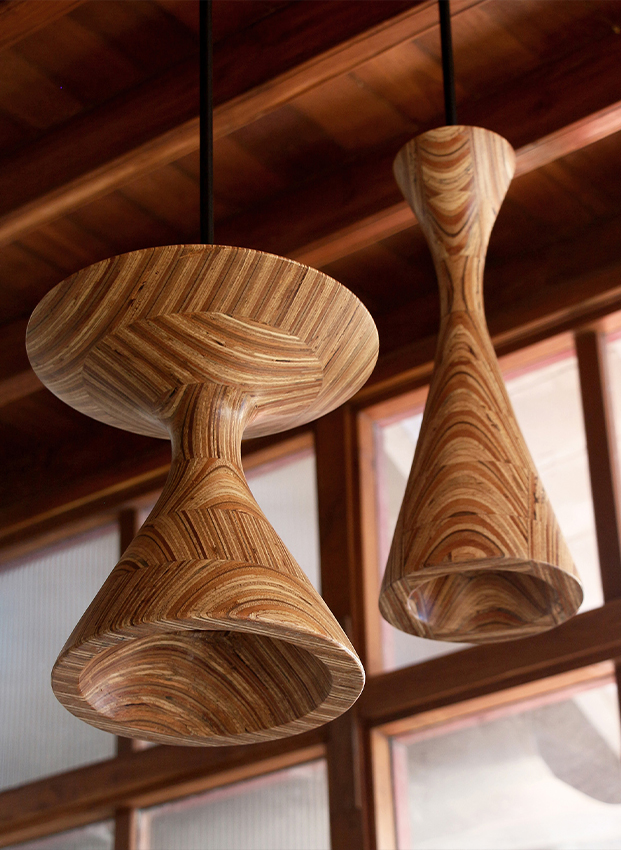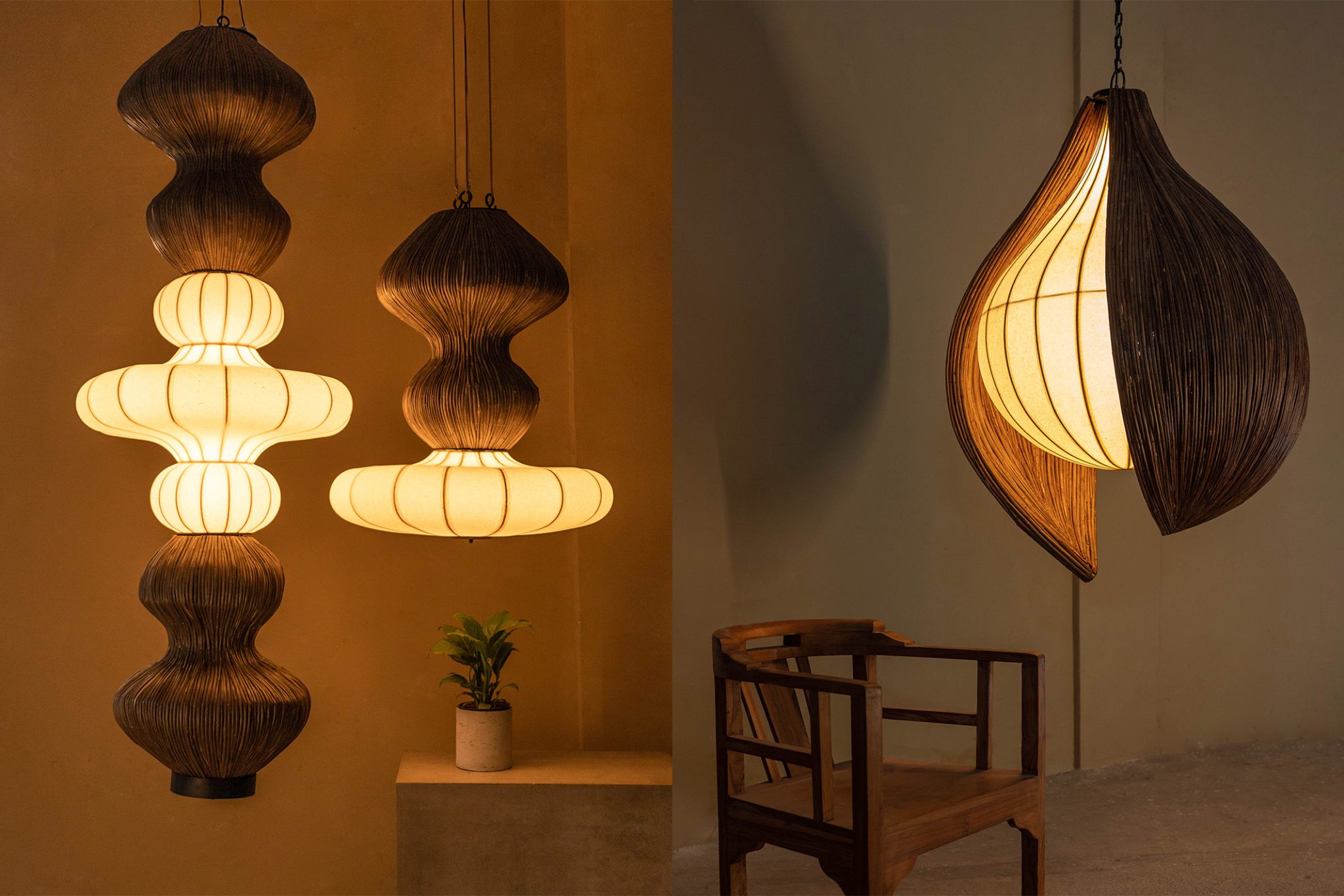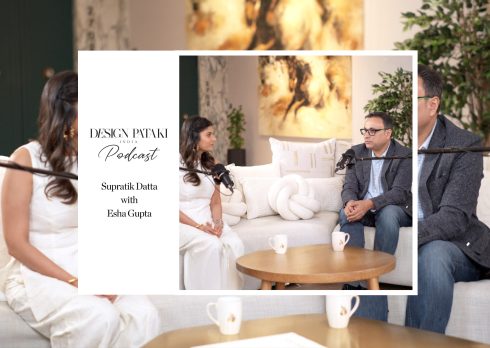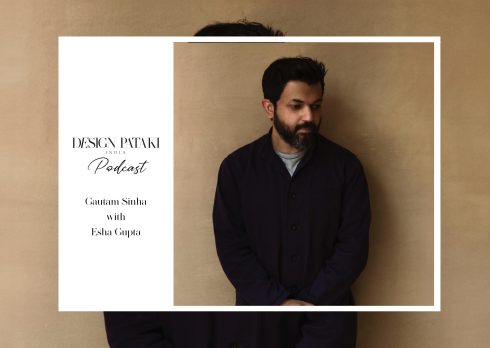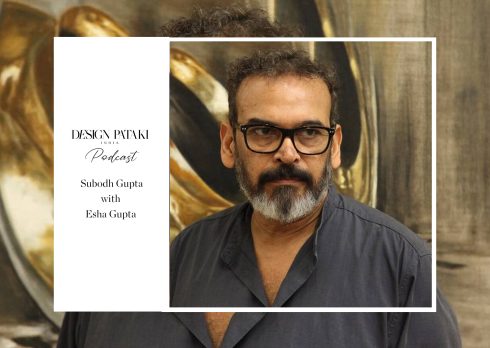In a conversation that moves between Tibetan monasteries and Indian ateliers, jewellery designer Alice Cicolini and Revathi Kant, Chief Design Officer at Titan, join Design Pataki’s Founder Esha Gupta to unpack the inspirations, cultural dialogues, and craftsmanship that shape Zoya’s most evocative collection yet — Lhasa.
The Design Pataki Podcast brings together two minds united by an enduring belief in design as storytelling. Here, Cicolini and Kant speak about explorer Alexandra David-Néel’s influence, the architectural spirit of Himalayan temples, and how a shared love for materiality and meaning culminated in a limited-edition capsule that feels less like adornment and more like wearable art.
Design Pataki: The collection seems to traverse so many lands and cultures. How did it all begin—and where did the journey eventually lead?
Alice Cicolini: My work has always been about the journey—both physically and metaphorically. As a designer, I’m drawn to colour, pattern, and the way design travels across geographies. Lhasa began with my long-standing fascination with women who dared to move across the world alone, who weren’t afraid to chart their course. I came across Alexandra David-Néel—she became my muse almost instantly. She left Paris after telling her husband, “I’ll be back in a year,” and returned sixteen years later. Her path took her through Sri Lanka, up India’s east coast, and ultimately to Tibet, where she became the first Western woman to enter the Dalai Lama’s palace in Lhasa. That bold, searching spirit defined this collection.
Design Pataki: Your inspiration, Alexandra David-Néel, was a 19th-century traveller and the first Western woman to reach Lhasa. What led you to discover her story?
Alice Cicolini: She mirrored my design journey in so many ways. Her life was a blend of cultural curiosity, intellectual courage, and emotional depth. She was raised by a father who encouraged her interests in history and heritage, which was rare for women at the time. I saw in her the ideal symbol for Zoya’s woman—a figure of strength, grace, and relentless discovery. That’s the kind of woman I’ve always designed for.
Design Pataki: How did the design collaboration between Alice and Zoya first come about?
Revathi Kant: It was an afternoon in London when Alice and I first met. The moment I saw her work, I felt it celebrated artistry and travel in a way that felt deeply aligned with Zoya. She has an innate ability to translate cultural emotion into form—and that’s what Zoya stands for. When we spoke about a potential collaboration, we agreed that it had to be meaningful. It had to push boundaries. And Lhasa became that perfect convergence—a limited-edition collection rooted in storytelling, geography, and soul.
Design Pataki: Were there any nuances or specific design guidelines that shaped the direction from the beginning?
Revathi Kant: Absolutely. With Zoya, we approach jewellery as fine art—each piece has to strike a balance between classical form and contemporary wearability. From the beginning, the goal was to create something that felt deeply crafted yet effortless to wear. We explored classical silhouettes and transformed them with colours, layers, and lighter forms that honour tradition without being weighed down by it.
Alice Cicolini: That balance was key. We were building stratified layers of meaning through colour, geometry, and pattern. Some elements are decorative, some are architectural. The idea was to layer the collection like a narrative, one piece at a time.
Design Pataki: You both seem to share a deep appreciation for architecture as a form of design. How has that influenced this collection?
Alice Cicolini: Architecture has always been a silent influence in my work—especially sacred spaces. The monasteries of Lhasa have this breathtaking structural clarity, and I wanted to capture that. The geometry in these buildings—perfectly calibrated, deeply symbolic—was a guide.
Revathi Kant: Architecture is a recurring design pillar at Zoya. Our earlier collections, like Banaras and Samāvé, were shaped by temples and regional forms. Even in Lhasa, the silhouette of each piece echoes monastic architecture—ornate yet symmetrical, grounded yet ethereal.
Design Pataki: Let’s talk about wearable art—what are the ideas or emotions that define it for you?
Revathi Kant: Jewellery becomes wearable art when it evokes something more than beauty—it must carry emotion, heritage, and imagination. We want every Zoya piece to feel like a chapter from a story, not just an accessory. Lhasa is about personal transformation. It’s about the woman who wears the journey.
Alice Cicolini: Exactly. For me, it’s also about colour—the collision of pigment and material. These aren’t just stones or settings. They’re visual landscapes that reference memory, place, and power.
Design Pataki: Would you say that Meenakari and enamel work have been strong influences in both your work and in the Lhasa Collection?
Alice Cicolini: Meenakari has long been central to my practice—it’s what first drew me to India. What I love most about the technique is its capacity for infinite colour customisation. For the Lhasa collection, we moved beyond traditional glass enamel and explored lacquer enamel, which opens up an entirely new spectrum of hues—so much more nuanced, more luminous. Each colour wasn’t created in batches or stored. Instead, our artisans mixed pigments specifically for each piece. There’s an intention behind every tone. The colour isn’t applied generically—it’s created with purpose, as integral to the design as its form. Every piece in this collection is touched by at least four artisans. That kind of collaboration and precision is what brings these pieces to life.
Revathi Kant: It took us nearly five years to crack the process. The motifs are incredibly intricate—the cherry blossom forms, the delicate variation in colour, all of it demanded extraordinary precision. Each hue was adjusted and reworked multiple times until it reached the right tone. What looks effortless is the result of painstaking effort by our artisans. Every enamel layer is hand-crafted, with each colour mixed specifically for that piece. It’s not created in batches; it doesn’t just sit waiting to be used. It has purpose—and that purpose is integral to the identity of the jewellery. Only once all these elements align—emotion, detailing, craftsmanship—does it truly become a Zoya piece.





